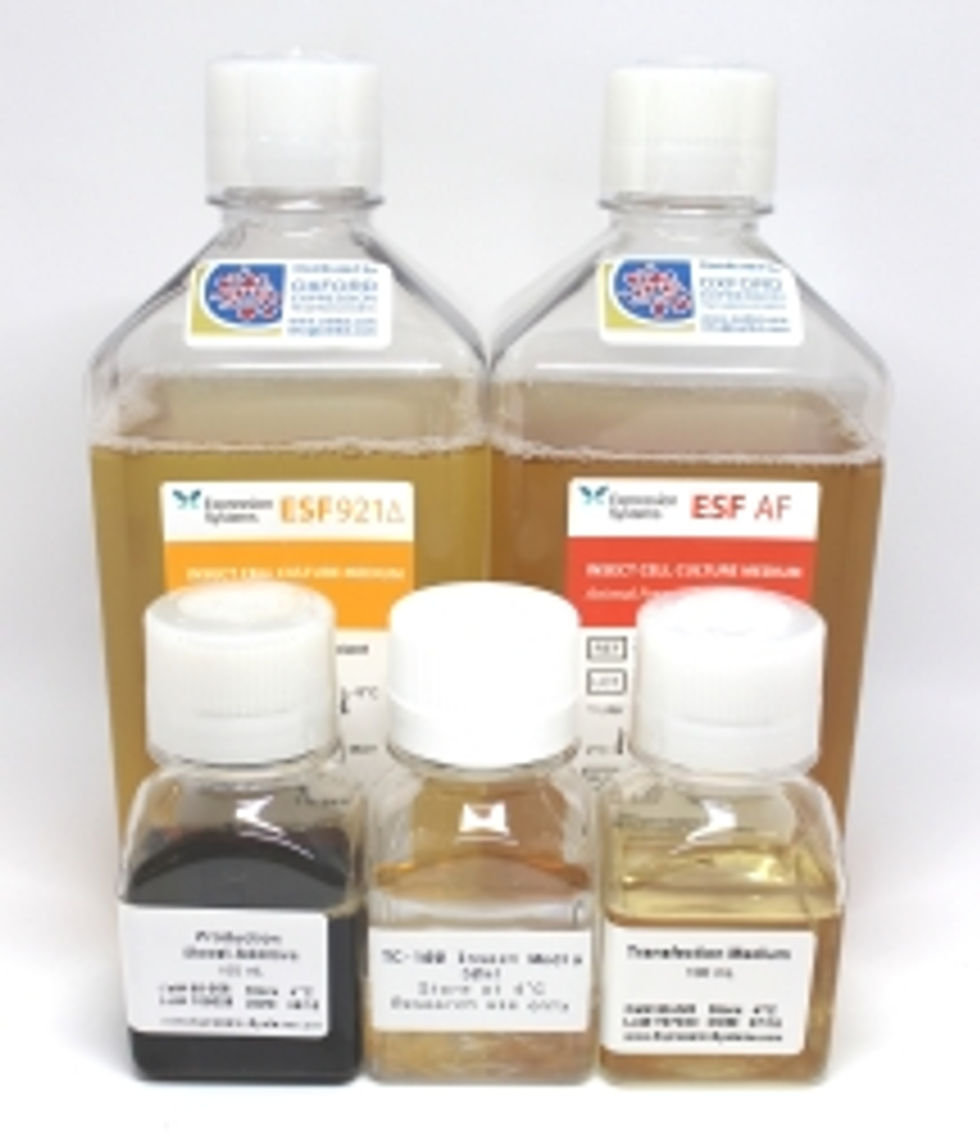Are They Growing? – Beginner’s guide to Cell Culture
- yelluk

- Dec 8, 2015
- 2 min read
Updated: Nov 28, 2023
Cell culture may be one of the most routine laboratory tasks, but many times it also proves to be extremely frustrating.
Cells grown in the labs are living organisms, and they seem to have the mindset of a moody teenager – happy one moment and extremely upset the very next one. Unfortunately (or fortunately) unlike teenagers they are not able to throw a tantrum and scream out what bothers them. Instead, they resort to sulking behaviour – change appearance, refuse to grow and eventually die.
Luckily, there’s a lot that can be done to keep your cells alive and happy.
1. Avoid contamination at all costs!
There are many opportunists out there just waiting to invade your culture – fungi, bacteria, viruses and even other cell lines. Large scale invasion is usually pretty obvious – medium turns cloudy and has a foul smell, and invading organisms can be observed under the microscope or even with the naked eye. Other times, the only signs of contamination are changes in the growth parameters and appearance of the cells. Full-scale contamination will likely result in cell death, while low-level contamination may alter the results of your experiments. It is therefore of utmost importance to keep your cell culture invader free. Here’s how to achieve that:
Wash your hands before and after working in the hood. Keep your hair tied and avoid touching your face, mouth and hair. Always wear gloves. Wear a clean lab coat that is to be used only in cell culture room.
Spray 70% ethanol liberally on your gloved hands, working surfaces and anything that will be placed inside the hood. It doesn’t kill everything – but it kills an awful lot. Remember that all supplies and reagent that come into contact with the cultures must be sterile. If in doubt don’t use it – it’s better to be safe than sorry.
Avoid long-term use of antibiotics. It may seem like a good idea, but in the long run it may lead to persistent low-level contamination.
Keep your incubators and water baths clean – they are often a source of contamination.
2. Get to know your cells
Over a period of time you will learn what healthy cells look like, what’s their typical growth rate and how often to split them. It is a good idea to keep a cell culture log in which you should record passage number, date of the passage, cell density and viability, split ratio and any other important information – unusual cell appearance, new media batch etc. This way you will be able to spot any deviations from established growth pattern and predict the upcoming tantrum.
3. Do not give up!
We’ve all been there – even experienced scientists sometimes have troubles with their cells. They are temperamental and sensitive at the same time. Sometimes just minor changes can make a huge difference to the wellbeing of your little ones – wrong type of plastic, different batch of media or serum, slightly odd temperature or aeration rate and BAM – disaster happens. So don’t get discouraged, it’s just a part of scientist’s life!
Don’t forget to download our Insect Cell Culture Manual and if you still have any questions do not hesitate to contact our team on info@oetltd.com or visit our website at oetltd.com.
Good luck fellow cell growers!



Comments